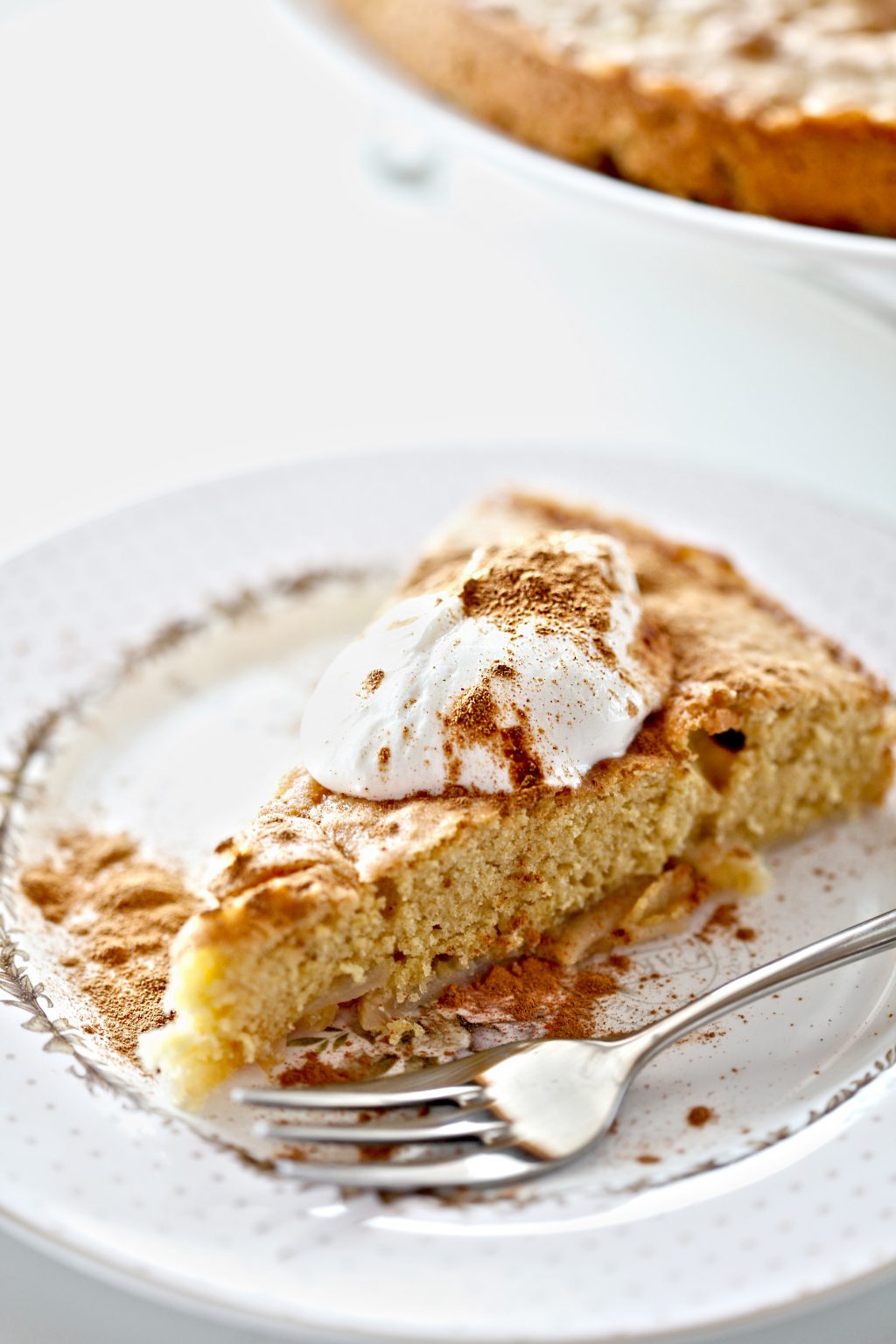The crab apple is the prehistoric ancestor of the apple and cousin of the rose. There is so much myth and legend that surrounds it, not least because of the shape that lays inside - a pentagram. Slices of apples placed neatly on saucers have been found in tombs dating back over 5,000 years. The Medieval church held the belief that enchanted apples could be given to a victim to cause demonic possession or other magic. Just look at what happened to Snow White.
Crab apples have long been associated with love and marriage. It was said that if you throw the pips into the fire while saying the name of your love, the love is true if the pips explode. Apple wood was burned by the Celts during fertility rites and festivals, and Shakespeare made reference to crab apples in A Midsummer Night's Dream and Love's Labour Lost.
In Ireland, The apple tree is held in such great esteem it is considered a 'chieftain tree', ranking as one of the most sacred in the country. It was believed that just as the branches reached up into the realm of the living, the roots sunk down into the 'other side', where mystical creatures like sidhe and fae-folk resided. As with the hawthorn, this powerful tree was considered so valuable it became illegal to chop it down, a crime that in ancient Irish Law, was punishable by death.
A story I used to love as a child was of Connla the Fair, who was an Irish Prince who fell in love with a beautiful fairy woman. She arrived on the Irish Shore in a crystal boat, one like you have never seen. The light would refract off it and cause majestic rainbow light displays across the land.
On landing she offered Connla the fair a shiny apple from the world of the fairies. He took an ill-fated bite, meaning he was hers for ever. He left his homeland and set sail for her magical isle where there was no hunger gap, just a continuous time of plenty. The island was a utopia where the trees blossomed and had fruit at the same time and winter never came. They ate an ever replenishing stock of apples which kept them young forever. However he was never able to see his homeland or family again and he knew they grieved for them.
This was how my mother taught me not to accept sweets from strangers. I loved her way of being able to display the temptation but express what could be at risk without telling me the true darkness that lay behind it.
Crab Apples also played a huge part in the silent Feast of the Dead given on Samhain Eve (Halloween Eve) as part of the “Dumb Supper.” Each household would set a place for the ancestors at the head of the table using broken crockery.
After the feast was over you would take the leftover food and broken crockery into the woods or forest to a Hawthorn Tree for the spirits to consume on a wild and windy Halloween night. It was a powerful ceremony of communion with the dead. After this day no apples were to be harvested, those remaining were left for the spirits.
It may sound spooky but it was a way to remember and celebrate the dead before all Saints and Souls Day, as well as mark the end of the apple harvest. Favourite foods would be cooked and stories would be told. In England and America the feast was often used to see if a girl would get married and there would be romance in the air.
So, as we approach this year's Samhain, why not get out there with your loved ones and gather this amazing little fruit and follow the recipe below for our Delectable Danish Crab Apple and Rosehip cake.

If you'd like to learn more about the fascinating folklore of the UK's finest forages, why not pick up a copy of our newest bestseller: 'Foraging Fairytales: Hedgerow Festival'. It's jam-packed with delicious recipes, foraging guides and magical folklore.
Alternately, sign up to our mailing list, and we'll deliver our favourite foraging tricks, mouth-watering recipes and folklore straight to your inbox.